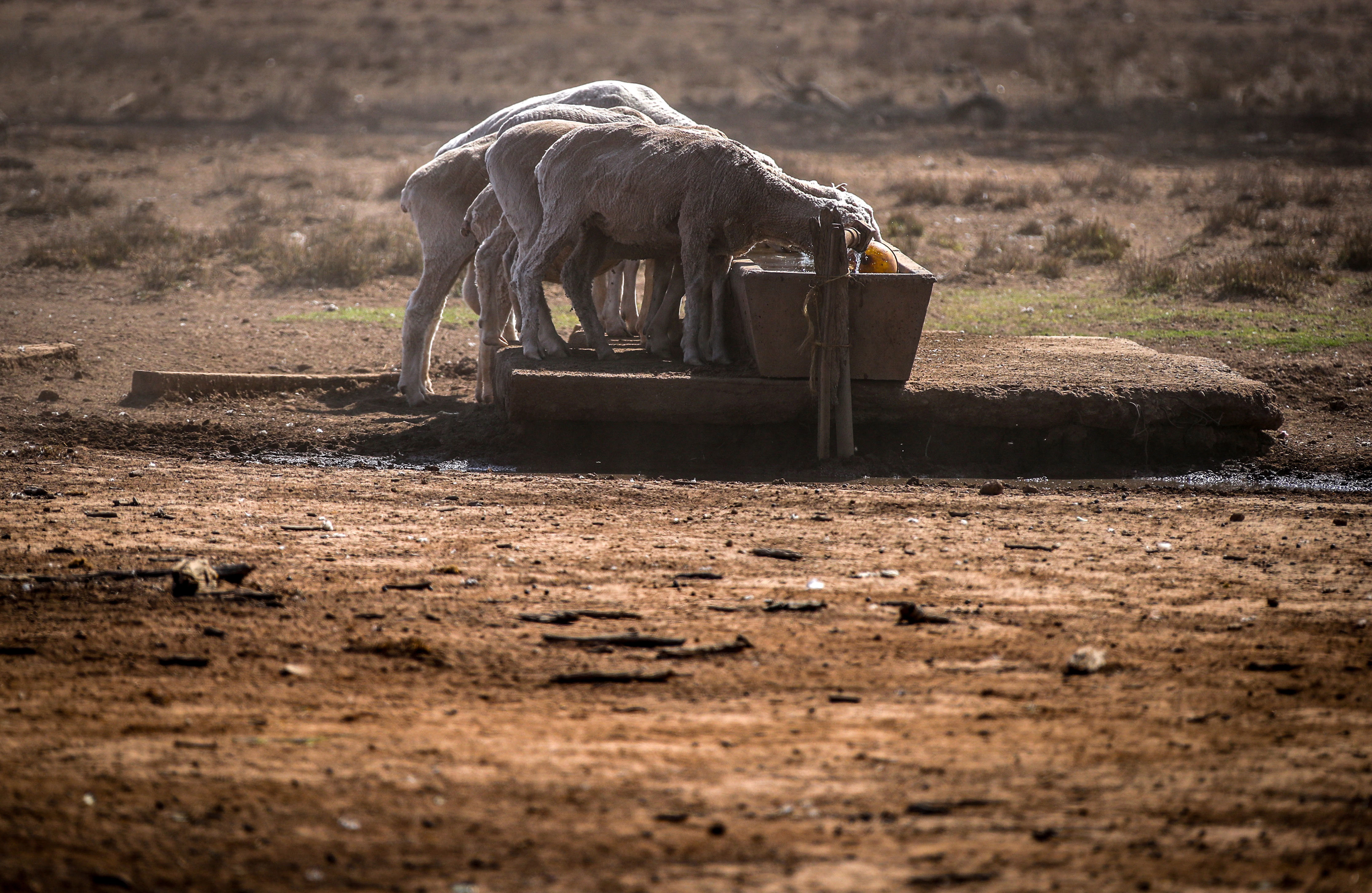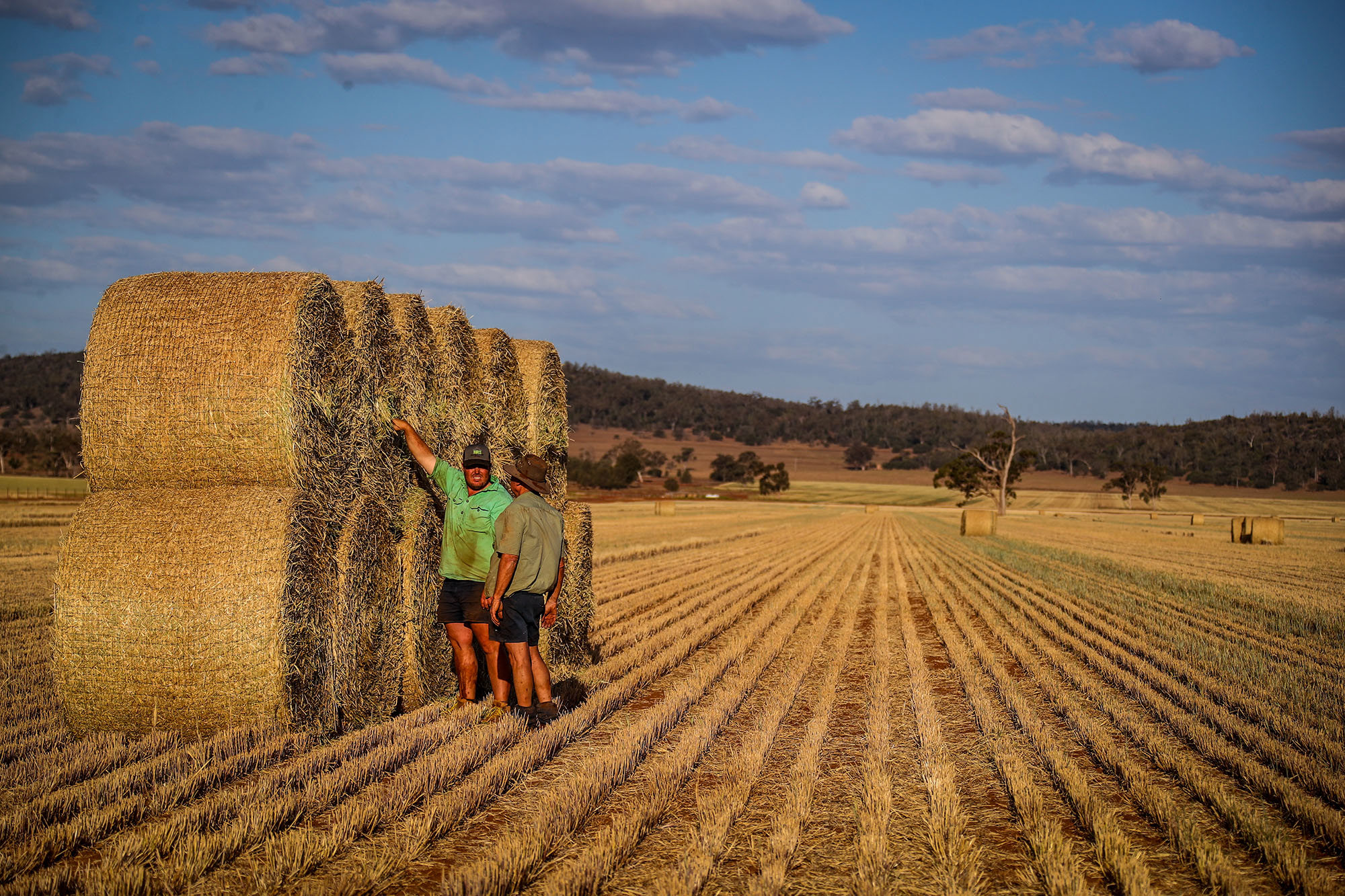Decades-long "megadroughts" could hit Australia, including our biggest agricultural region, in the near future as climate change continues to worsen severe weather conditions.
New modelling released this morning by the Australian National University (ANU) and the ARC Centre of Excellence for Climate Extremes has detailed how climate change has already exacerbated droughts, and how it could make them even worse in the future.
Megadroughts already occur – there's one in the US right now that's been running since 2000 – but the researchers say the consequences of one in Australia will get increasingly severe.
READ MORE: 'Selfless, outstanding' Australian aid worker killed in Gaza airstrike
"The combination of climate change on top of naturally occurring megadroughts that could last for 20 years means that in the future Australia could see droughts that are worse than anything in recent historical experience," co-lead author Dr Georgy Falster from ANU said.
"We must consider, and prepare for, the possibility that one of these multi-decade megadroughts could occur in the near future.
"In this study, we paid particular attention to the Murray-Darling Basin.
"As the largest agricultural region of Australia, it's important to know how bad droughts in this region could be."
READ MORE: 'Artificial sun' sets record for longest time at 100 million degrees
As the driest inhabited continent on the planet, droughts aren't anything new for Australia.
There were 10 major ones between 1860 and 2000 – including the devastating Federation Drought of 1895-1903 – while the more recent Millenium Drought, which ran from 2001-09, was one of the nation's worst.
However, the researchers used a far wider net of climate observations, dating back to 850, in their modelling, finding that droughts have already got worse since industrialisation.
The study also found that south-western and eastern Australia can expect decreasing rainfall and a higher risk of drought in the future – including in the Murray-Darling Basin.
Home to 40 per cent of Australia's farms, the basin produces about $30 billion in food and fibre each year, including all of the nation's rice, nearly three-quarters of its grapes, and 30 per cent of its dairy.
Research co-author Professor Nerilie Abram from ANU said carbon emissions need to be reduced and water management improved to mitigate the risk of megadroughts.
"It is likely that changes to drought intensity could still arise as climate change continues to worsen," she said.
READ MORE: Aussies among cruise passengers stranded in Africa after missing ship
"One example of this is the 21st century 'Tinderbox Drought', which was only three years long but was exceptionally intense and set the conditions for the Black Summer bushfires.
"The Tinderbox Drought was likely made more severe by climate change.
"The only thing we can do to lessen the potential severity and length of future droughts is to rapidly reduce greenhouse gas emissions. For example, by rapidly transitioning to renewable energy sources.
"We can also reduce the impacts of future droughts by being prepared with water storage and management plans, and community support networks."






